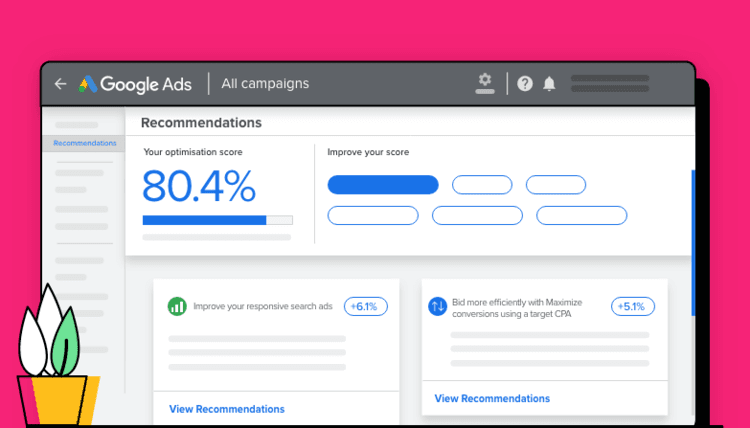Integrating Google Analytics with Google Ads is an essential step for maximizing your advertising efforts. The integration provides valuable insights into how users interact with your website after clicking on your ads, helping you make data-driven decisions to improve your campaigns. Here’s how you can use Google Analytics with Google Ads to optimize your performance:
1. Link Your Google Ads and Google Analytics Accounts
The first step in using Google Analytics with Google Ads is linking the two accounts. By doing this, you can import Google Ads data directly into Google Analytics and access valuable performance metrics like clicks, costs, and conversions. Here’s how to link the accounts:
- Go to the Admin section in Google Analytics.
- Under the Property column, click Google Ads Linking.
- Select your Google Ads account and follow the prompts to link it.
2. Import Google Ads Data into Google Analytics
Once the accounts are linked, you can import Google Ads data directly into Google Analytics. This includes important metrics such as:
- Clicks
- Impressions
- Cost
- Conversion data This enables you to analyze the full customer journey—from the initial click on your ad to the final conversion on your site.
3. Track Conversions and Set Goals
One of the most important benefits of linking Google Ads with Google Analytics is the ability to track conversions. You can set up specific goals in Google Analytics (such as purchases, sign-ups, or page views) and track how Google Ads traffic contributes to these goals. By tracking conversions, you’ll understand which campaigns and keywords are driving results.
4. Analyze User Behavior After the Click
Google Analytics allows you to dive deep into user behavior after they click on your Google Ads. You can see metrics like:
- Bounce rate: How many users leave your site after viewing only one page.
- Pages per session: How many pages a user visits during a session.
- Average session duration: How long users stay on your site. By analyzing these metrics, you can identify areas for improvement, such as optimizing landing pages or adjusting targeting to attract more engaged users.

5. Use Google Analytics to Refine Your Google Ads Campaigns
Once you have insights into how users are interacting with your website after clicking on your ads, you can use this information to refine your Google Ads campaigns. For example:
- If you notice a high bounce rate for a specific landing page, consider making improvements to the page’s design, content, or relevance.
- If certain keywords are driving high traffic but low conversions, consider pausing them or optimizing the associated landing pages.
6. Enhanced E-commerce Tracking for Google Ads
For e-commerce websites, linking Google Ads with Google Analytics and enabling enhanced e-commerce tracking gives you even more detailed insights. You can track metrics like product performance, transaction data, and revenue generated by Google Ads traffic. This helps you evaluate the ROI of your campaigns and optimize them for higher revenue.
7. Social Media Max and Google Analytics Integration
At Social Media Max, we use the integration between Google Analytics and Google Ads to track user interactions, optimize ad spend, and increase conversion rates. By leveraging these insights, we can create more effective campaigns that align with your business goals.
If you’re ready to take full advantage of Google Analytics and Google Ads integration for improved campaign performance, contact us today!
📞 Call us at 0161 399 3517
📧 Email: Syed_66@hotmail.com
🌐 Visit: https://socialmediamax.co.uk/
